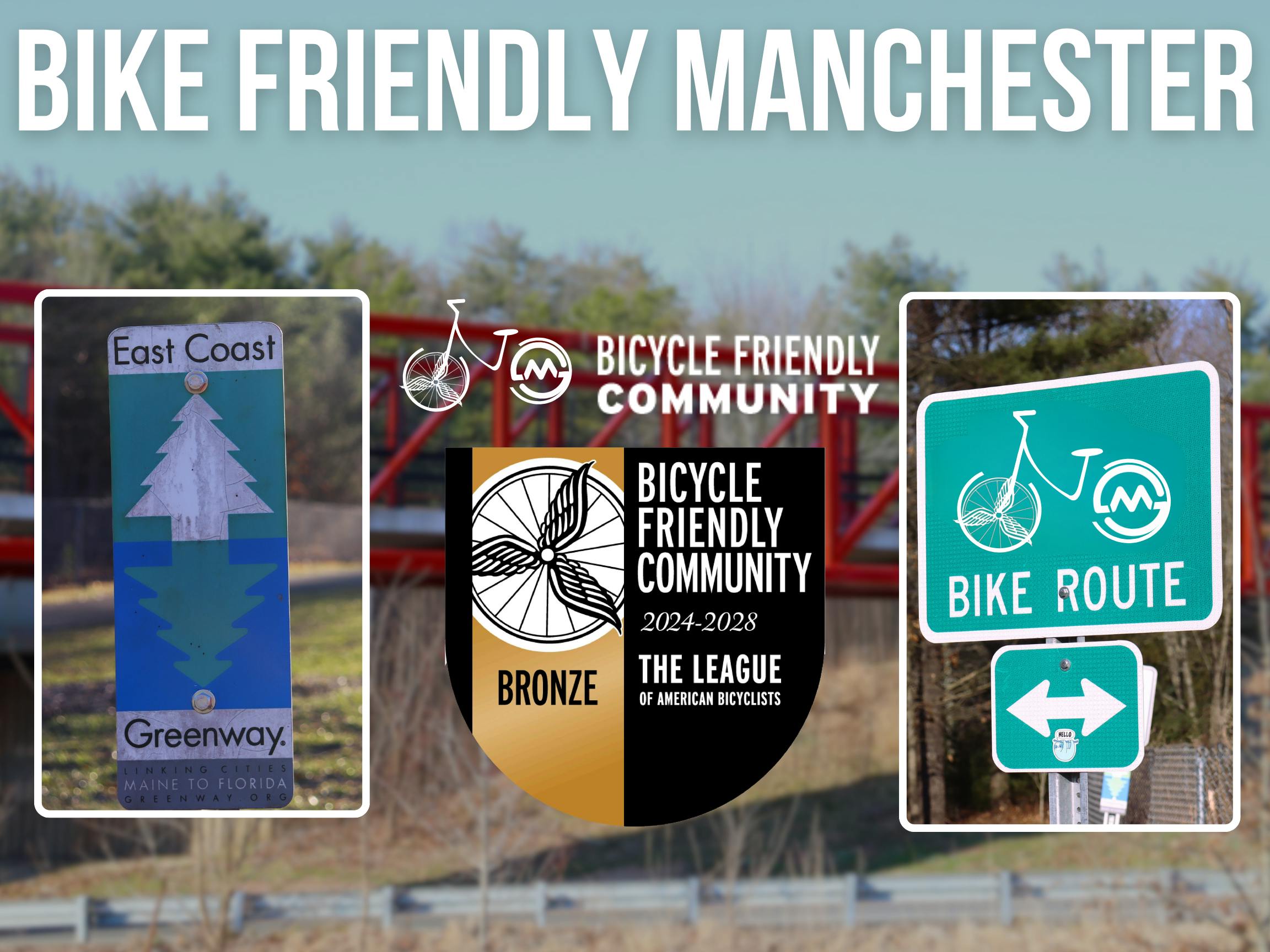Purchasing & Fitting Guidance
When purchasing a bicycle, it's essential to consider factors such as bike type, size, fit, and features to ensure a comfortable and enjoyable riding experience. Here's some guidance to help you make an informed decision:
1. Determine Your Riding Needs:
Consider the type of cycling you'll be doing most frequently, whether it's commuting, leisurely rides, road cycling, mountain biking, or touring.
Choose a bike that matches your intended riding style and terrain, such as a road bike, hybrid bike, mountain bike, or commuter bike.
2. Choose the Right Size:
Proper bike fit is crucial for comfort, efficiency, and injury prevention.
Refer to the manufacturer's sizing charts or consult with a bike shop professional to determine the appropriate frame size based on your height, inseam length, and riding preferences.
Test ride different sizes and models to find the best fit for your body proportions and riding style.
3. Consider Bike Features:
-
Look for features that align with your riding needs and preferences, such as:
Frame material: Aluminum, steel, carbon fiber, or titanium.
Suspension: Front suspension (for mountain bikes) or rigid frame (for road bikes and hybrids).
Components: Brakes, gears, wheels, tires, and drivetrain components.
Accessories: Fenders, racks, lights, locks, and other accessories for convenience and safety.
4. Test Ride Several Bikes:
Visit local bike shops to test ride different models and brands to get a feel for how each bike handles and fits your body.
Pay attention to comfort, handling, stability, and overall ride quality during the test ride.
Ask questions and seek advice from knowledgeable staff to help you narrow down your options and make an informed decision.
5. Consider Fit Adjustments:
Once you've selected a bike, ask the bike shop staff to assist with fit adjustments to ensure optimal comfort and performance.
Adjust saddle height, saddle position, handlebar height, and reach to achieve a comfortable riding position.
Fine-tune fit adjustments over time as you become more accustomed to the bike and your riding preferences evolve.
6. Budget Wisely:
Set a budget based on your financial constraints and prioritize features that are essential for your riding needs.
Consider additional expenses such as accessories, maintenance, and bike fitting services when budgeting for your purchase.
7. Research and Compare:
Research different brands, models, and customer reviews to compare features, performance, and value for money.
Consider factors such as warranty, customer support, and resale value when evaluating your options.
8. Purchase from a Reputable Retailer:
Buy from a reputable bike shop or authorized dealer that offers quality products, expert advice, and reliable customer service.
Ask about warranty coverage, maintenance services, and post-purchase support to ensure a positive buying experience.
By following these guidelines and taking the time to find the right bike and fit for your needs, you can enjoy many miles of comfortable, enjoyable, and safe cycling adventures.


